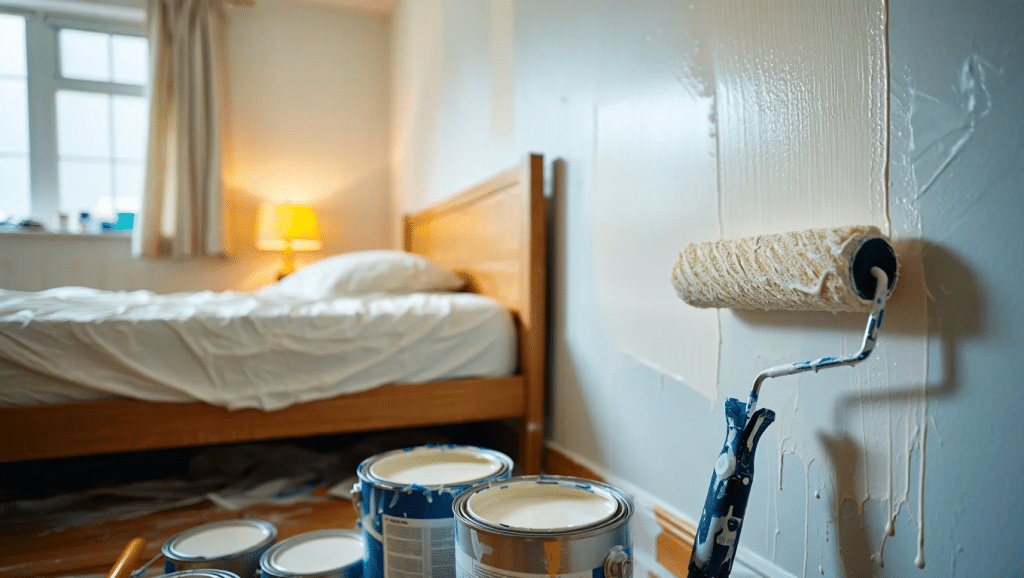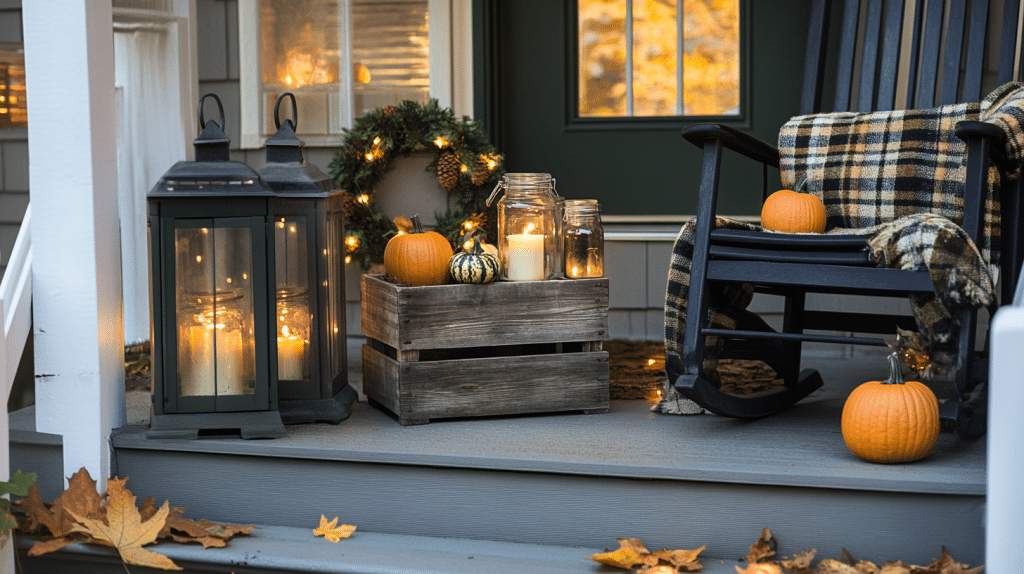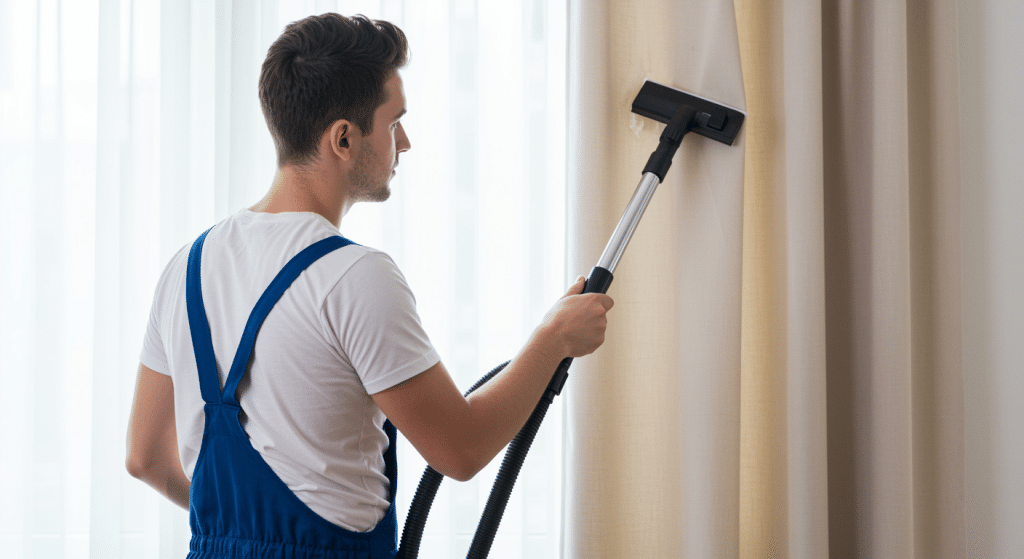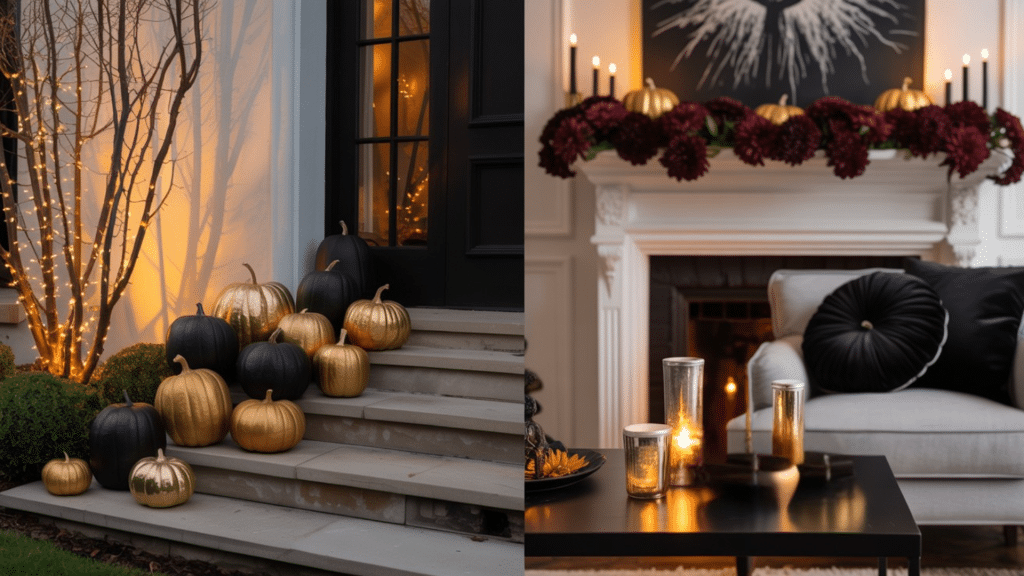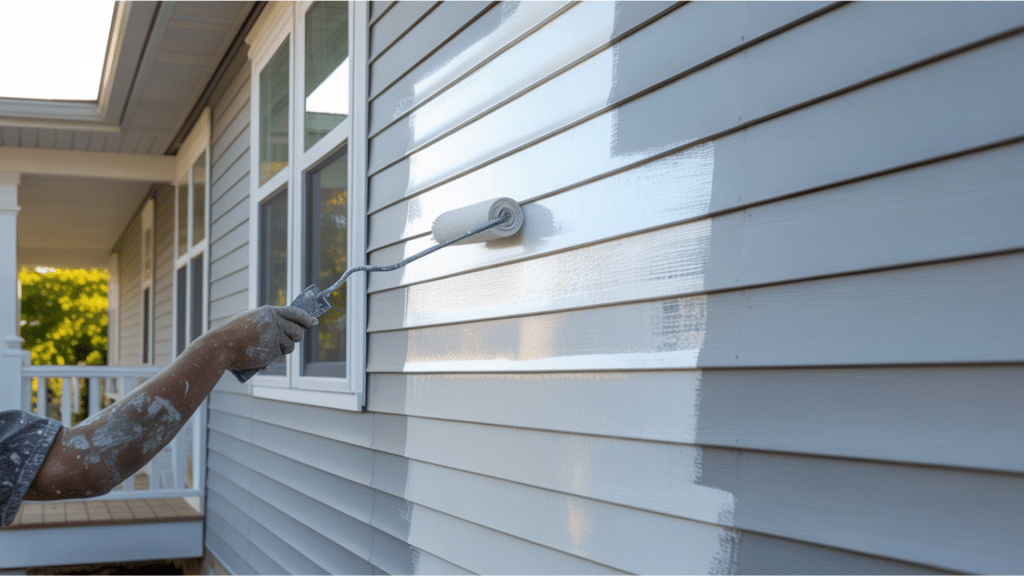The room looks perfect with its fresh coat of paint, but that lingering smell raises some concerns.
Many people wonder if it’s actually dangerous to sleep in a freshly painted room, or if those chemical odors could even be deadly.
The short answer: while modern paints are much safer than they once were, sleeping in a freshly painted room isn’t without risks. The fumes can cause headaches, dizziness, and breathing problems. And yes, in extreme cases with certain paints and poor ventilation, severe health complications are possible.
Fortunately, there’s no need to panic! With the right precautions, anyone can protect themselves and their family.
This article breaks down what people need to know about paint fumes, when it’s safe to sleep in a freshly painted room, and how to minimize potential dangers.
Risks of Sleeping in a Newly Painted Room: Can You Die from Sleeping in a Freshly Painted Room?
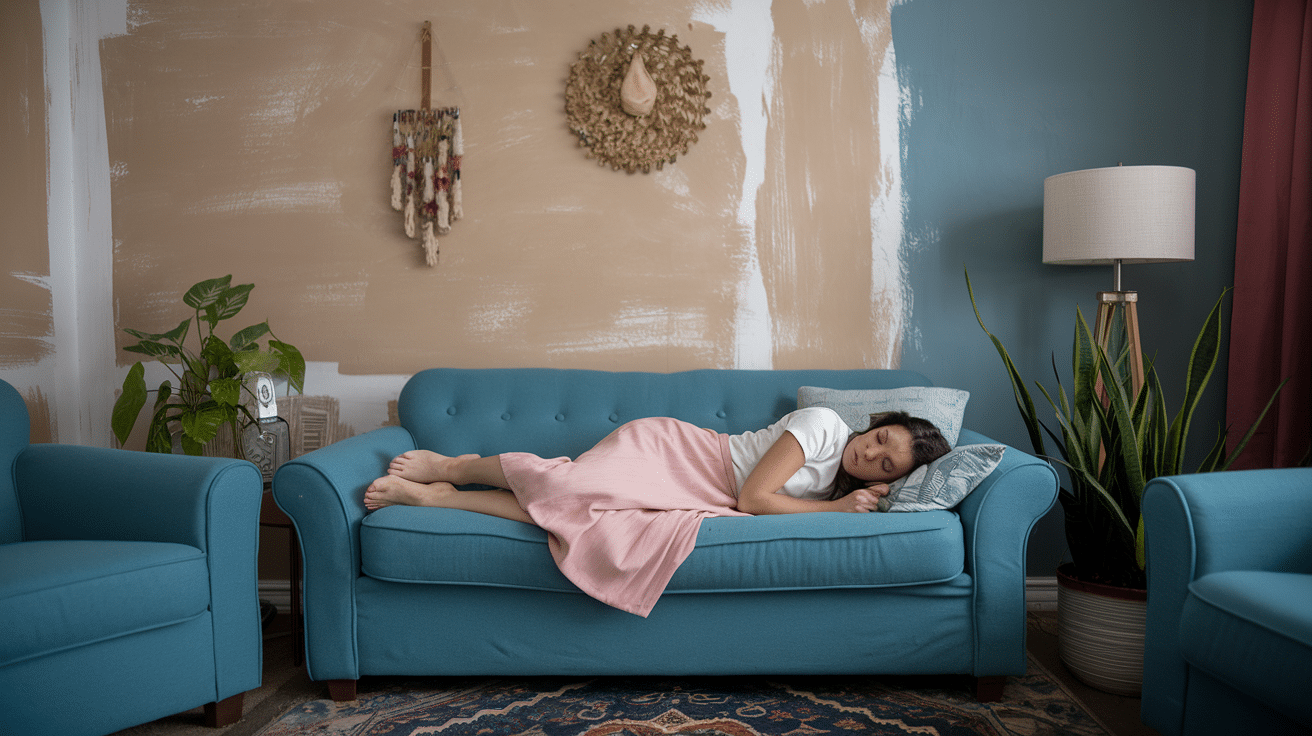
VOCs in Fresh Paint
When you sleep in a freshly painted room, you’re exposed to volatile organic compounds (VOCs) that are released as the paint dries. VOCs can cause a variety of symptoms such as headaches, dizziness, and nausea.
These chemicals linger in the air, especially in spaces with poor ventilation. Over time, exposure to VOCs can lead to more serious health problems. Therefore, it’s best to avoid sleeping in a room that hasn’t fully aired out.
Breathing Difficulties and Irritation
Fresh paint contains chemicals that can irritate your respiratory system. Breathing in these fumes can lead to a sore throat, coughing, or even difficulty breathing.
For individuals with asthma or allergies, the effects can be more severe. Even if you’re generally healthy, these irritants can affect your comfort and well-being, especially in the hours following exposure.
Sleep Disruption from Odors
The strong smell of fresh paint can make it difficult to fall asleep, as it can overwhelm your senses. The fumes may cause discomfort and leave you feeling restless.
Even if you manage to sleep, the quality of rest may be compromised, leaving you feeling groggy and unwell the next day. It’s important to let the paint fully dry and the odors dissipate before attempting to sleep in the room.
Ventilation is Key
Proper ventilation is crucial when sleeping in a newly painted room. Opening windows and using fans can help clear out VOCs and reduce the paint odor.
Good airflow allows the chemicals to dissipate more quickly, making the room safer to sleep in. Always allow at least 24 to 48 hours for proper ventilation and drying before spending time in the room.
The Effects of Breathing in Paint Fumes
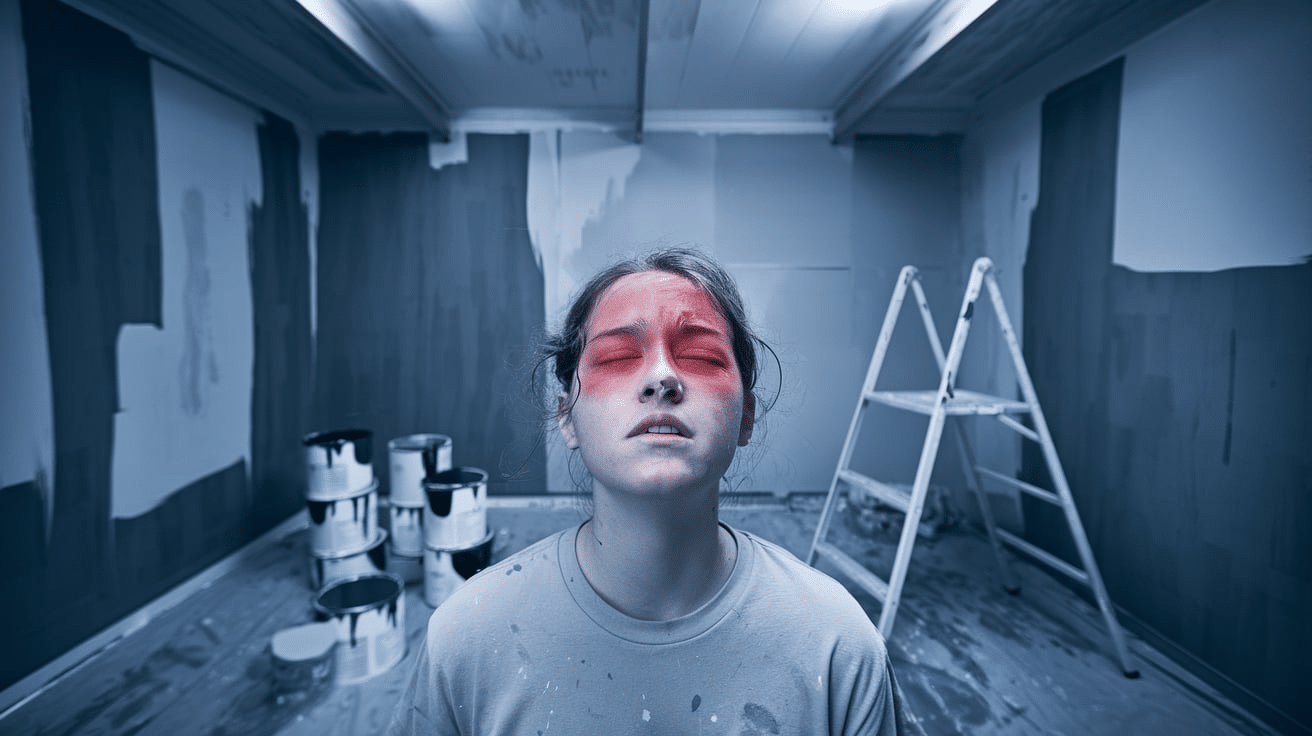
Breathing in paint fumes can have a range of short-term and long-term effects on your health. Freshly applied paint releases a variety of chemicals, including volatile organic compounds (VOCs), which are the primary cause of health concerns. These fumes can cause immediate discomfort and may lead to more serious health issues if inhaled over extended periods.
Breathing in paint fumes can have a variety of immediate and long-term effects on your health. The fumes contain chemicals, including VOCs, that can irritate your system. These fumes are especially concerning in poorly ventilated areas.
What Are VOCs?
- VOCs, or volatile organic compounds, are chemicals found in many paints and solvents.
- They are responsible for the strong odor released when paint is drying.
- Common VOCs include formaldehyde, benzene, and toluene.
- These compounds can be harmful when inhaled, leading to both short-term and long-term health problems.
Immediate Health Effects
- Headaches: One of the most common symptoms of inhaling paint fumes.
- Dizziness and nausea: Caused by the presence of VOCs in the air.
- Irritation of eyes, nose, and throat: Breathing in paint fumes can make your eyes water and your throat feel scratchy.
- Respiratory discomfort: Coughing, shortness of breath, or wheezing may occur.
Long-Term Health Risks
- Respiratory issues: Prolonged exposure to VOCs can cause chronic breathing problems.
- Liver damage: Some VOCs can accumulate in the liver over time, leading to harm.
- Increased cancer risk: Long-term exposure to certain VOCs, like formaldehyde, has been linked to cancer.
- Nervous system damage: Continued exposure to VOCs may affect memory, concentration, and mood.
Vulnerable Groups
- Children and elderly: These groups are more sensitive to the effects of paint fumes.
- People with respiratory conditions: Individuals with asthma or other breathing issues may suffer more severe symptoms.
- Pregnant women: Some VOCs can affect fetal development, so pregnant women should avoid exposure.
How to Ventilate a Room After Fresh Painting
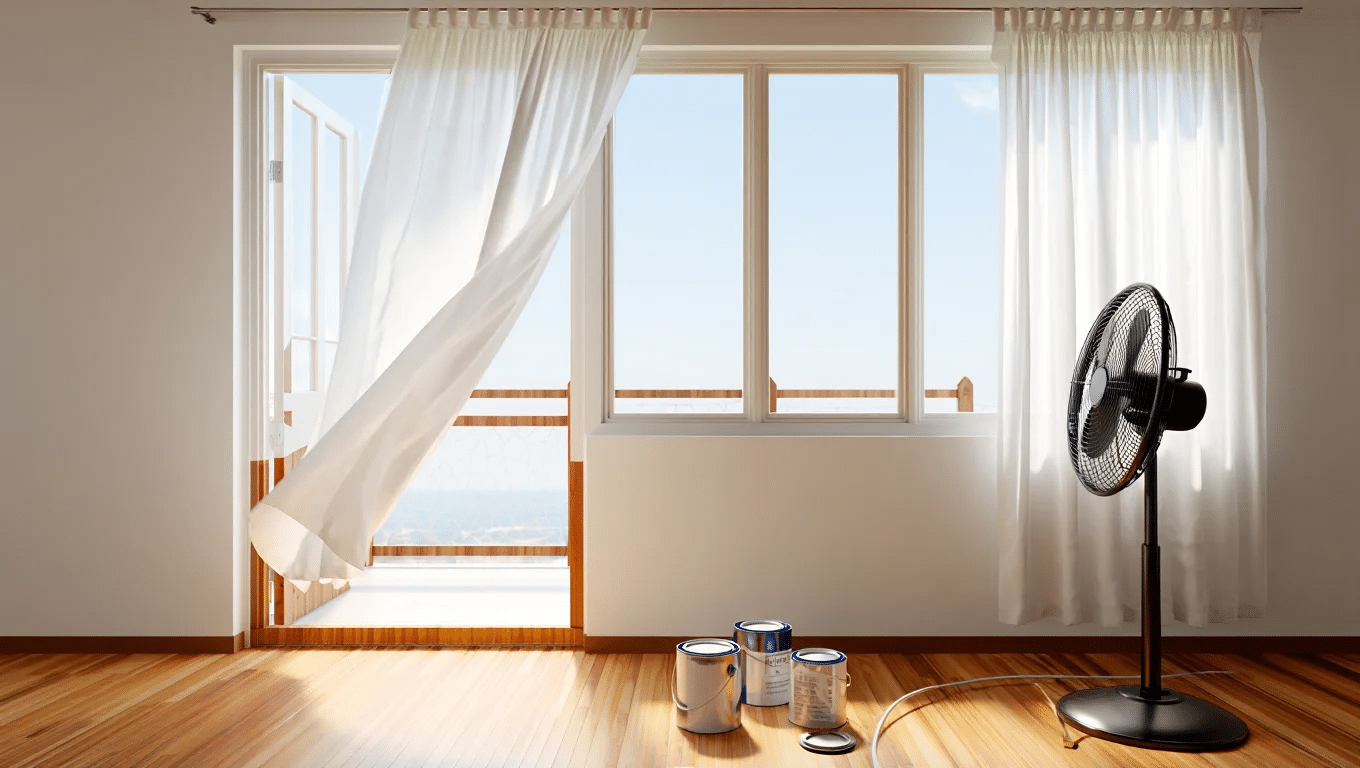
Proper ventilation is essential for clearing out harmful fumes from freshly applied paint. Here are some effective ways to ventilate a room after painting:
-
Open Windows and Doors
Open windows and doors to allow fresh air to flow into the room. This helps disperse the paint fumes quickly. If possible, open windows on opposite sides to create cross-ventilation and improve airflow. -
Use Fans
Place a fan near a window to push the fumes outside, or use a standing or box fan to circulate the air inside the room. Ensure that the fan is blowing air toward the open window or door to direct the fumes out of the room. -
Turn On Exhaust Fans
If your room has an exhaust fan, make sure to turn it on. Exhaust fans help pull fumes out of the room, improving the air quality. If you have a ventilation system in your home, use it to remove stale air and bring in fresh air. -
Use an Air Purifier
Run an air purifier with an activated carbon filter to trap and remove VOCs and other chemicals from the air. This is particularly helpful in addition to other ventilation methods, as it can help further purify the air in the room. -
Keep the Room Warm and Dry
Use a space heater or air conditioner to maintain a warm, dry environment. Higher temperatures and lower humidity can help the paint dry faster and reduce the amount of VOCs being released. However, avoid making the room too hot, as extreme heat could affect the paint’s drying process. -
Avoid Closing the Room Too Soon
Even if the smell starts to fade, keep the windows and doors open as long as possible. VOCs can linger in the air for hours or even days, so it’s important to continue ventilating the room until the paint is fully dried and the fumes are completely gone.
Conclusion
Fresh paint transforms spaces but requires careful handling. The risks of sleeping in a newly painted room aren’t to be dismissed, but they’re certainly manageable with proper precautions.
Remember the essentials: choose low-VOC paints when possible, ventilate thoroughly before sleeping in freshly painted rooms, and give paint adequate time to dry and off-gas. Most experts recommend waiting at least 24 hours, but 48-72 hours is ideal, especially for bedrooms.
Those with respiratory conditions, pregnant women, and households with children should be particularly cautious. Yet with proper planning and patience, painting projects don’t have to be health hazards.
By following the guidelines outlined in this blog, anyone can enjoy their beautifully painted spaces without compromising their wellbeing.
Safety and stunning results can absolutely go hand in hand.


